Complete Guide to Matsusaka Beef
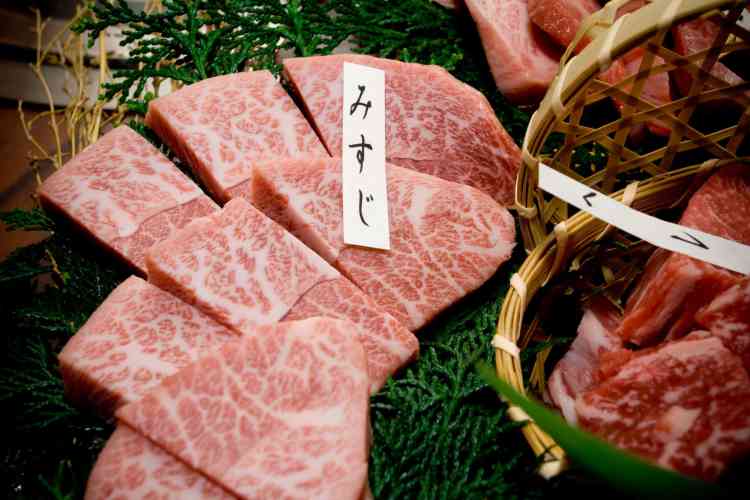
Most people have heard of Kobe or wagyu beef by now, but even the most leading-edge foodie may not yet be familiar with Matsusaka beef. Food lovers know there are many types of meat to explore beyond your everyday beef, chicken and pork. And part of the fun of being a foodie is having a global pantry to shop from. So what is Matsusaka beef? What does it taste like and how is it different from your typical cuts of steak?
Beef as a source of food originated in Western cultures. Once beef was introduced to the Japanese, they embraced it and elevated it to something much more refined than your typical Friday night strip.
How much does Matsuska beef cost? Where can you get it? Japanese beef products like wagyu beef, Kobe beef or Matsusaka beef can be very expensive, so it’s important to have the facts before you take the splurge. There are also challenges with fake products interfering with the integrity of the market. Having an understanding of how these meat delicacies come to be and understanding how to be sure you’re getting the real thing will help you appreciate every pricey bite.
Jump to Section
- What Is Matsusaka Beef?
- The Flavor and Texture of Matsusaka Beef
- How to Enjoy Matsusaka Beef
- Where to Buy Matsusaka Beef
- How Much Does Matsusaka Beef Cost?
- Matsusaka Beef vs. Kobe
What Is Matsusaka Beef?
So what is Matsusaka beef? Matsusaka is a type of Japanese wagyu beef. Wagyu is essentially a catch-all term for any beef that comes from a Japanese cow. It is famous for its rich flavor and unique fat-marbling qualities. As with Kobe beef from the Kobe region of Japan, Matsusaka wagyu refers to meat from cows that were raised in the city of Matsusaka in the Mie region of Japan.
Japanese beef is a heavily regulated industry. They take tremendous pride in the raising of their animals, and they adhere to a strict rating and grading system that identifies not only the origin of the meat but also the overall quality. In order to be certified as Matsusaka beef, the meat must be from a Japanese black heifer that was raised in the Mie region since it was no more than one year old.
These cows are fed a curated diet designed to increase the integration of fat into their muscles and to minimize stressors that lead to tougher, chewier beef. And while this is more romantic fiction than fact, some Matsusaka cows get beer in their diet and receive cow massages with the goal of keeping them in an optimum state of happiness during their growth years. It is also an interesting fact that all Matsusaka beef comes from female cows. There is no such thing as Matsusaka beef from a male Matsusaka cow.
Beef from Matsusaka cows is harvested at three years of age. At that time, the meat receives a yield grade of A, B or C with grade A being the best. Matsusaka wagyu beef also receives a quality rating of 1 through 5, with 5 being the best (so the A5-rated meat is the highest rating achievable). The quality rating takes color, texture, fat marbling and fat coloring into consideration. Only ratings of A4 or A5 will be certified as Matsusaka wagyu.
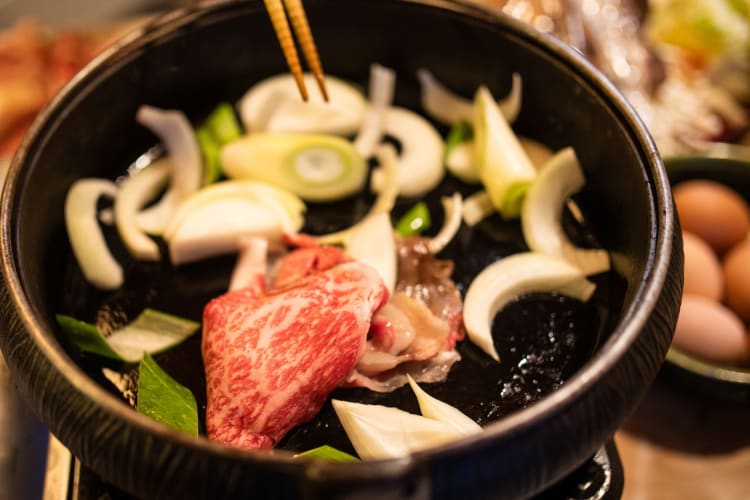
The Flavor and Texture of Matsusaka Beef
If you are accustomed to a typical American grocery store cut of beef, your taste buds are in for a treat. Japanese A5 wagyu beef is a true delicacy. The intentionally fatty cows deliver a marbling that might be overlooked as a low-quality cut of meat by the untrained eye. But for those who know, that heavy marbling is exactly what you want.
Matsusaka beef can be described as similar in taste to Kobe beef or any high-quality wagyu. It’s extremely rich compared to a typical Angus steak because the fat has a melting point that is about the same temperature as your tongue. That means the fat literally melts in your mouth and combines with the beef muscle for a taste like nothing you’ve had before. The unique taste of Matsusaka A5 is considered the ultimate pinnacle of Japanese beef.
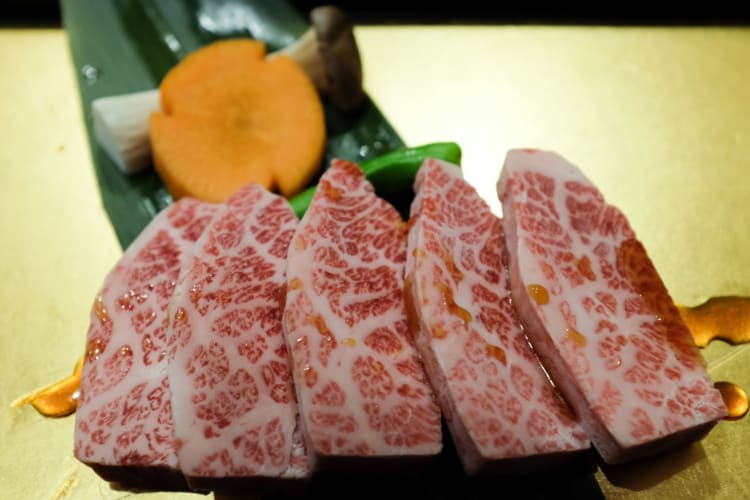
How to Enjoy Matsusaka Beef
Sukiyaki
Matsusaka beef is enjoyed in a variety of preparations, one of which is sukiyaki. There are slight differences between sukiyaki recipes depending on where you are in Japan. In the Matsusaka region, sukiyaki refers to thin slices of Matsusaka wagyu that are simmered in soy sauce and sugar. It is traditional to dip the simmered beef into raw egg before eating. Vegetables are then simmered down in the soy sauce, sugar and beef broth and eaten as a side dish.
Preparations like sukiyaki can be used with many kinds of meat. Look for cooking classes in NYC or cooking classes in San Francisco for ways to try this method at home.
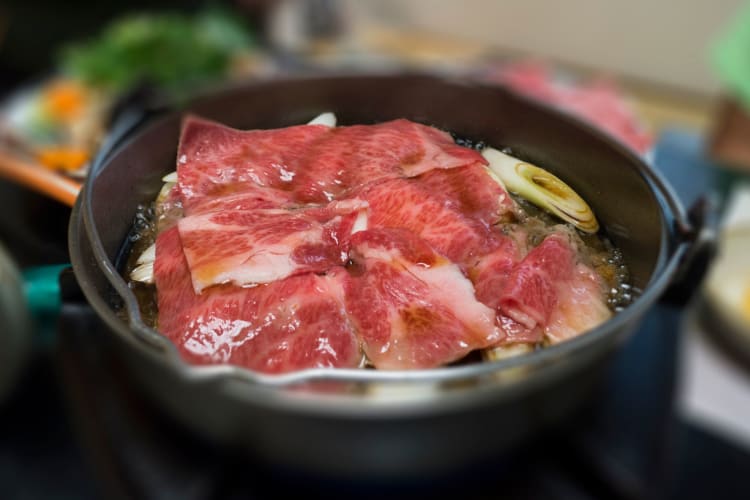
Shabu-Shabu
Shabu-shabu is one of the best ways to enjoy Matsusaka beef. The beef is cut into a more traditional steak shape and served raw so you can appreciate the marbling before cooking it. Shabu-shabu involves dipping slices of raw Matsusaka beef into boiling water just until it changes color and there is only a hint of pink left.
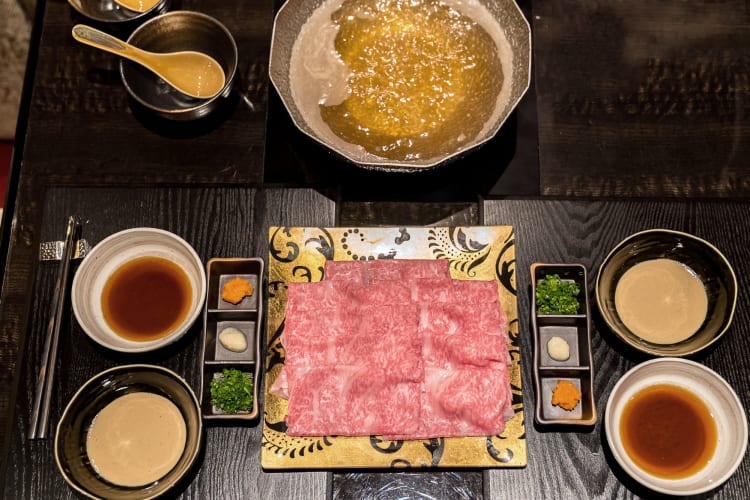
Yakiniku
Yakiniku restaurants are common in Japan and offer a great opportunity to sample a variety of cuts of wagyu beef in one place. Small portions of meat are ordered so that you can enjoy many different things in one meal, similar to the concept of Spanish tapas. This is a great way to sample Kobe vs. wagyu, and also to try the delicacy of Matsusaka beef offal (organ meat).
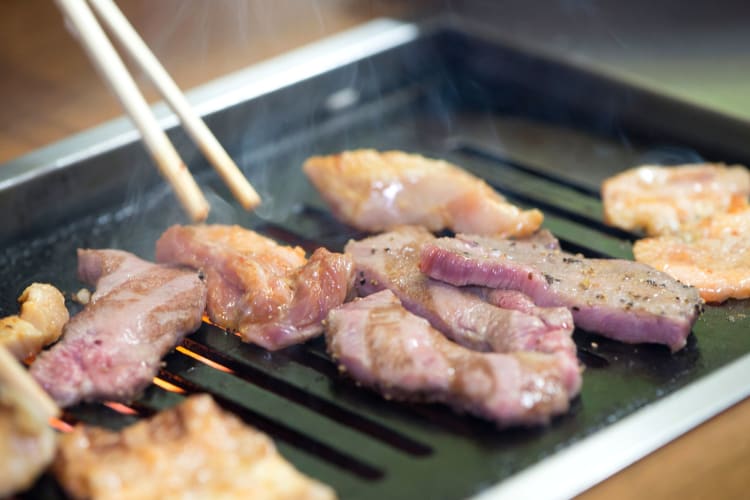
Sushi
No explanation needed here. Sushi means the same thing with Matsusaka beef as it does with fish. It is served raw, known more commonly in the U.S. as tartare. Tasting Matsusaka A5 wagyu this way gives you the true melt-in-your-mouth experience.
You can’t enjoy raw Matsusaka wagyu in the United States, but you can check out cooking classes near you to learn how to prepare and enjoy other cuts of beef in tartare style.
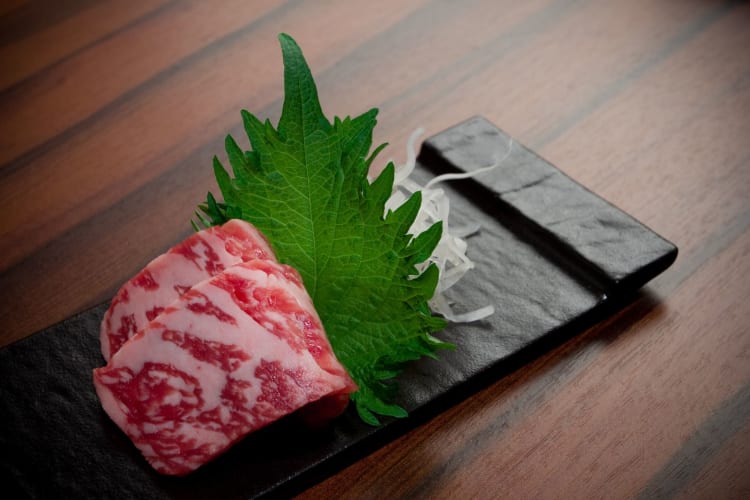
Where to Buy Matsusaka Beef
Now that you understand what makes Matsusaka beef special, you’ll have to settle for being an educated expert unless you are planning a trip to Japan. At this time, Matsusaka wagyu is not available outside of the country, so if you come across it in the States, be skeptical.
Instead, keep an eye out for online cooking classes where you can learn about the preparation of wagyu or Kobe which can be purchased in the U.S.
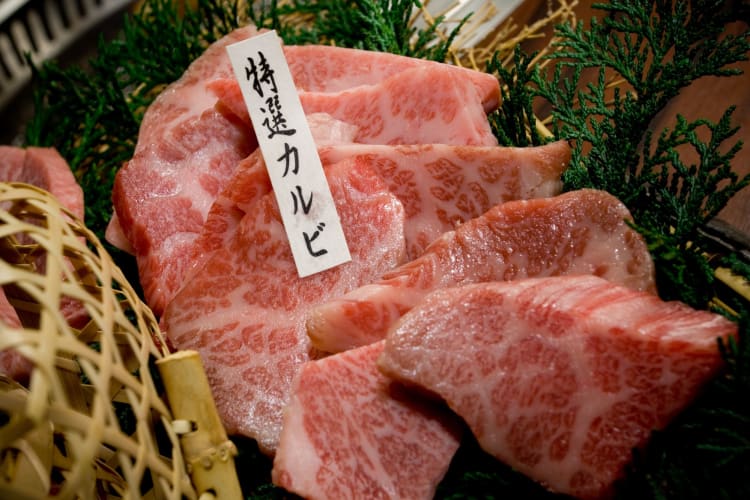
How Much Does Matsusaka Beef Cost?
It goes without saying that the cost of any wagyu is high simply based on the time and care that goes into raising this meat. But Matsusaka wagyu is at the top of its class and is therefore the most expensive wagyu you’ll find. There is a huge range of prices for entire cows, with a standard animal costing around $10,000, so it would not be uncommon for a very modest portion of Matsusaka A5 beef to cost $150.
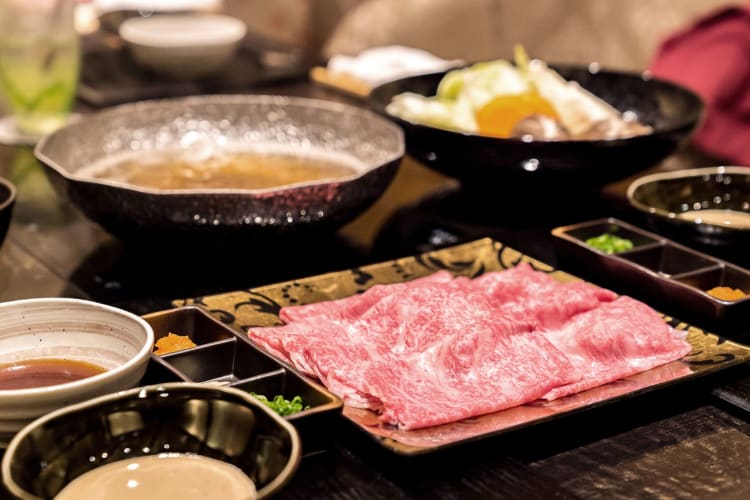
Matsusaka Beef vs. Kobe
Matsusaka beef and Kobe beef are both forms of Japanese wagyu and are named based on the region from which the cow is raised. If you were to do a taste test side by side, it would be hard to tell the difference. It would take a true Japanese beef connoisseur to distinguish one from the other.
One difference between Matsusaka beef and Kobe is that Kobe can be acquired more easily and is found on restaurant menus outside of Japan. It may be lower quality (A3 or B5 vs. A5) when found in the United States, but it’s available.
The other difference is that Kobe beef has encountered integrity problems. Due to the high price it commands, there are frauds everywhere. Because Matsusaka wagyu is not exported, it has not yet been adulterated with crossbreeds or false advertising.
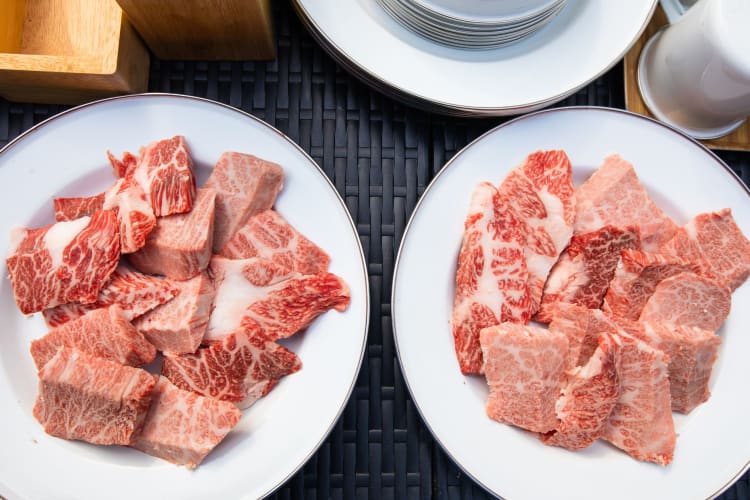
Japanese food is steeped in tradition and is always representative of the highest quality. Their beef is certainly no exception. Understanding the intricacies of Japanese wagyu, Kobe beef and Matsusaka enhances the actual enjoyment of eating them. And if you happen to take the trip to Japan, you’ll be fully equipped to take advantage of them all.
For even more fun ways to explore food, check out other experiences happening on Cozymeal.
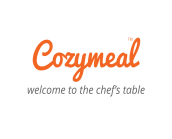


FOOD FOR THOUGHT?
Join the conversation.